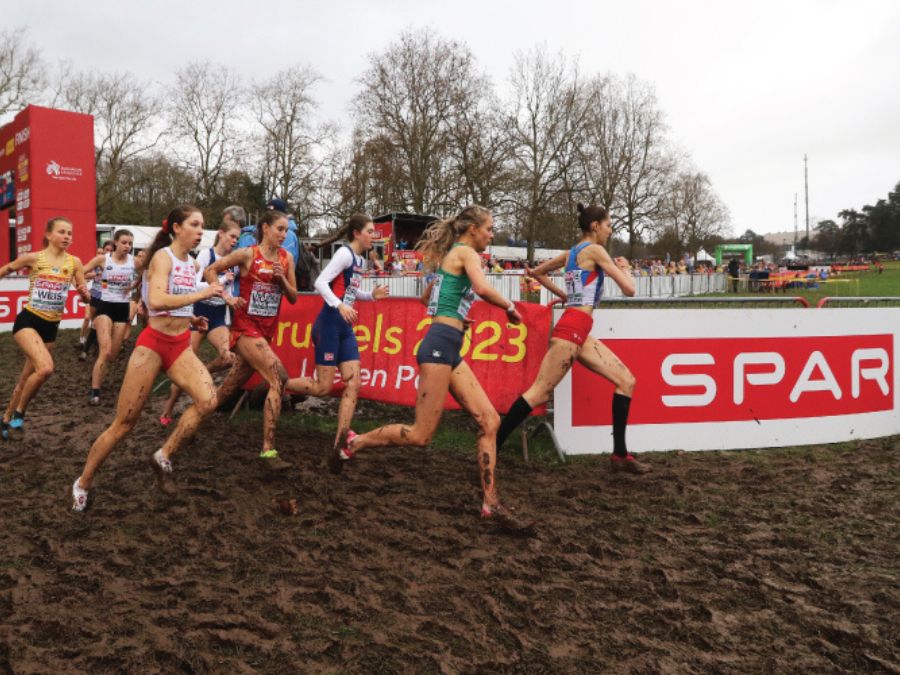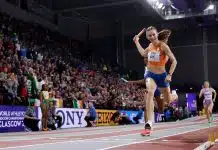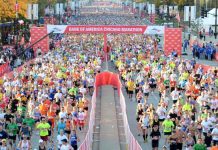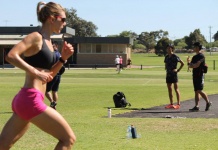When we think of the most elite athletes – those at peak physical fitness- we probably think of marathon runners and sprinters. We don’t think about jockeys – because it’s obviously a lot easier to sit on a horse that’s doing all the running than be the one doing all the running, right?
Well, it’s not quite as black and white as that. Jockeys may not be the ones actually running, but they have to guide strong, powerful racehorses to victory, so also have to be in top physical condition. Of course, it’s a very different sport from running, but they still have to maintain the highest levels of fitness, strength, and endurance if they want to compete at the highest level.
But how does a jockey’s fitness compare to that of a runner? Let’s take a look.
The Physical Demands of Jockeys and Runners
Jockeys:
Jockeys have to ride powerful, fast-moving horses – and this requires a unique combination of skills and physical endurance. They don’t just sit on the horse, they have to guide and control it – while staying in the most efficient racing posture.
- Core Strength: Those jockeys sitting atop the 2025 Grand National betting odds have incredible core stability – which they need to maintain their crouched position in the saddle for the whole duration.
- Leg Strength: They don’t actually sit in the saddle; they hover above it, and their legs have to absorb the horse’s every movement, which requires a huge amount of lower-body endurance.
- Grip Strength: Holding onto the reins and keeping control over a horse going at full pelt requires super strong hands and forearms.
- Cardio Fitness: Races might only last 1-2 minutes, but jockeys will have to ride several times in one day, needing excellent cardiovascular endurance.
- Weight Management: Jockeys have to stick to a strict weight limit, which usually means seriously intense dieting and hydration control.
Runners:
Runners, whether they’re sprinters or long-distance runners, have their own different sets of fitness requirements – all based around endurance, power, and speed.
- Endurance: Long-distance runners have to train their aerobic system to keep going and going – often running for several hours at a time.
- Leg Power: Sprinters have to have explosive strength and generate speed, while distance runners are more in need of muscular endurance.
- Core Stability: Runners also benefit from having a strong core to help them with their running posture and efficiency, especially over longer distances.
- Flexibility and Mobility: Being flexible helps runners maintain proper form – meaning there’s less chance of injury.
Jockey Training
Jockeys have to undergo a rigorous training regime to stay in top shape. Their workouts focus on all sorts of things: They have to train for strength, with core workouts (planks, crunches) and leg exercises (squats, lunges) which help them with balance and posture.
Top jockeys also do activities such as High-intensity interval training (HIIT) and cycling to help improve stamina as well as stability exercises, like working with balance boards, which helps with control while riding.
Moreover, jockeys have to be super-strict with their diet so they meet strict weight limits – and often incorporate things like sauna sessions and fluid restriction before racing to help keep the weight as low as possible.
Runner Training
Meanwhile, runners train specifically for endurance, speed, and efficiency – and many don’t just get up and run the same route every morning. Distance runners have to log high weekly mileage and build on their endurance, while sprinters focus more on shorter, explosive bursts.
However, no matter what distance they race, they’ll all do things like interval training, sprints, and tempo runs, which will help to improve race day performance. Top runners also focus on lower-body strength to help build up their power and prevent injuries. And, of course, they have to do plenty of stretching and mobility exercises to keep everything fluid.
Who’s Fittest – Cardio Endurance?
Jockeys and runners both have to be cardio fit – but their needs are very different.
- Runners get high VO2 max levels – indicating superior aerobic endurance. Marathon runners, in particular, have to push their cardiovascular system to the limit over long periods of time.
- Jockeys, on the other hand, normally focus on short bursts of high-intensity effort – and studies have shown that jockeys’ heart rates can hit 190 beats per minute during a race or even higher, which isn’t dissimilar to what a top runner might reach in a 400m race.
Strength and Muscular Endurance
Runners tend to focus on endurance, but jockeys have to rely on full-body strength for balance and control.
- Jockeys have to have strong core and leg muscles to maintain stability, even at super high speeds. They also have to have upper-body endurance to be able to handle a strong, heavy horse going at full speed.
- Runners have to have powerful legs and muscular endurance for long races but they generally don’t need to work on upper-body strength as much as jockeys.
So, who’s fittest? Well, runners and jockeys have very different fitness needs – with different strengths and weaknesses. But to be top of your game in either, you have to be disciplined – and super fit!















